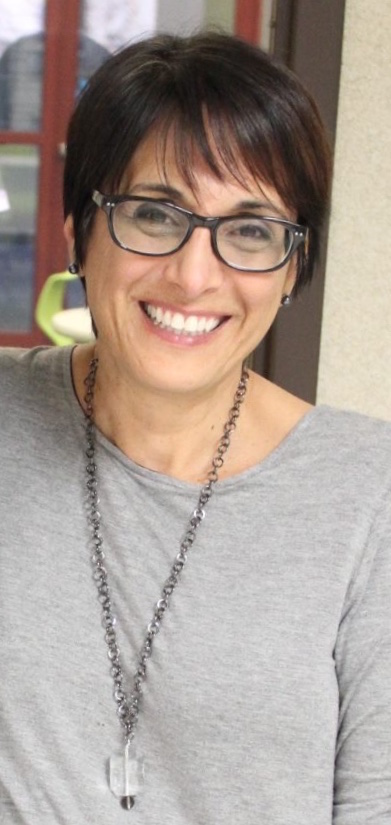As some of my students are kinetic learners, and all of them love moving about, I designed an activity to help learn, memorize, practice the Hebrew vowels with an engaging karate moves activity.
Entry Narrative
Learning Hebrew vowels can be challenging!
Here is a fun tool to use when placing the building blocks of Hebrew language in early childhood classes:
1. Teacher introduces the sounds of the Hebrew vowels. Using demonstration, examples and smart board instructions.
2. Teacher gives each student a black belt decorated with the letter ALEF. They tie it loosely around their waist (some will need help doing so).
3. Teacher is now the “Hebrew Vowels Sansei” – greets the group that is stending in lines, with a “Shalom” gentle bow.
4. Teacher call with a Sensei voice: AH – class assumes the stands of an arm starched in front of them that mimics Kamatz or Patach. Teacher continues with a call : EH- students call back Eh and put two fists next to each other or two fists and one knee to make the resemblance of Tzere and Segol. Continuing with Shvah- UH and two fists -one under each other. Cheerik-EE—- one fist or a fist with a bent hand that looks like the YUD that acompanys often. Cholam— OH — one fist on top of the head and concluding with KOOBOOTZ and SHOOROOK with a fist on the stomach or two fists and a knee in a diagonal line.
5. To begin with, the teacher will demonstrate the movements to the class, then— just call out the sounds and observe the children.
6. Once the class seems to know the activity, teacher can pick a student sensei to lead the learning.
7. A good practice is to give the Sensei role to the struggling students to promote a sense of success and encourage learning by teaching. At the end of the activity bow again with “Shalom” and a bow, then collect black belts.
8. Once the students are familiar with this practice they can play independently during centers.
9. To stretch the learning teacher can introduce large letter cards and ask students to combine letters and vowels and even words.
Entrant Bio(s)
Galia Sabbag—-
1st and 2nd grade Hebrew and Jewish studies teacher of 22 years at The Davis Academy in Atlanta Ga, who bring the love for the language of our people with enthusiasm, patience, organization and purpose.
Creative thinker, detailed oriented with big picture view, strong time management, curriculum design, developing gaming while learning, communication and mindfulness in education.
Also, author of the Shira Series- Jewish holidays books for young children.
www.shirasseries.com

This entry has been tagged with the following terms: